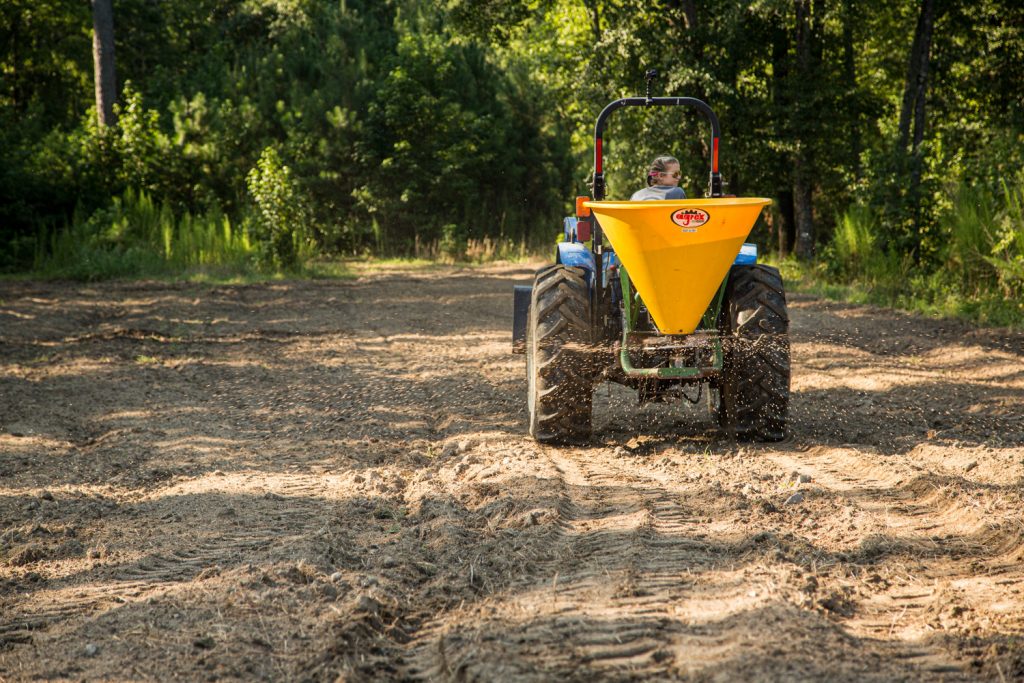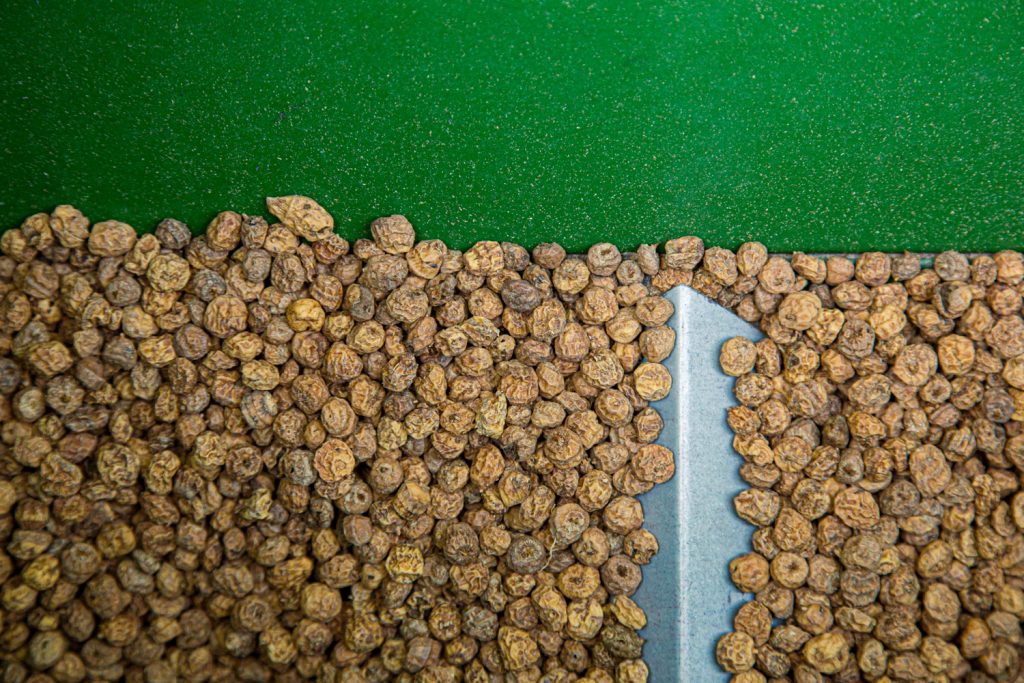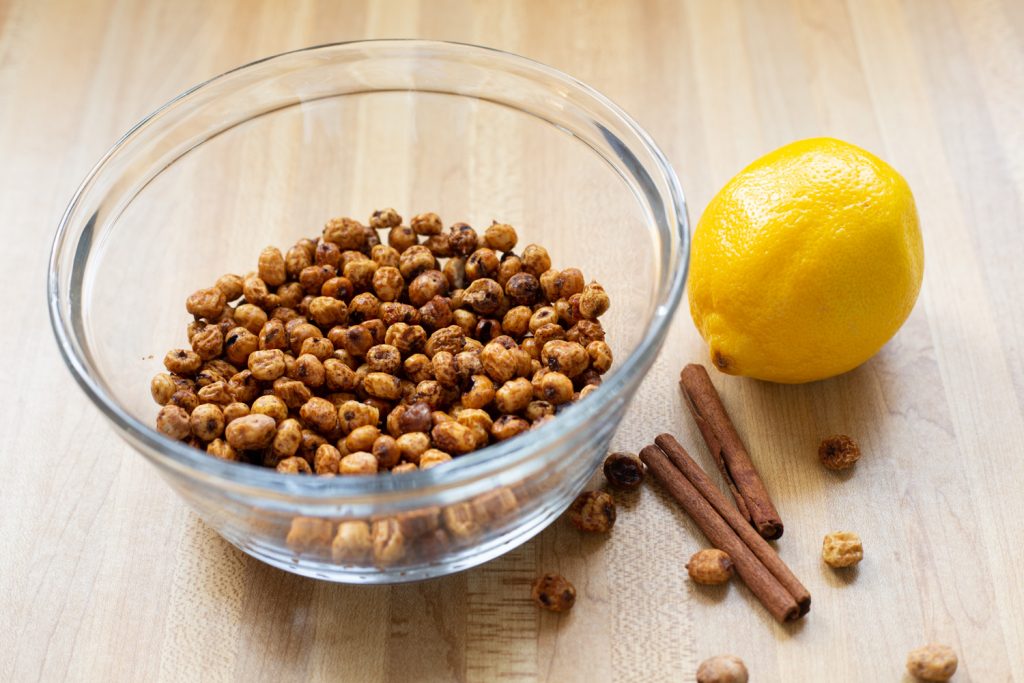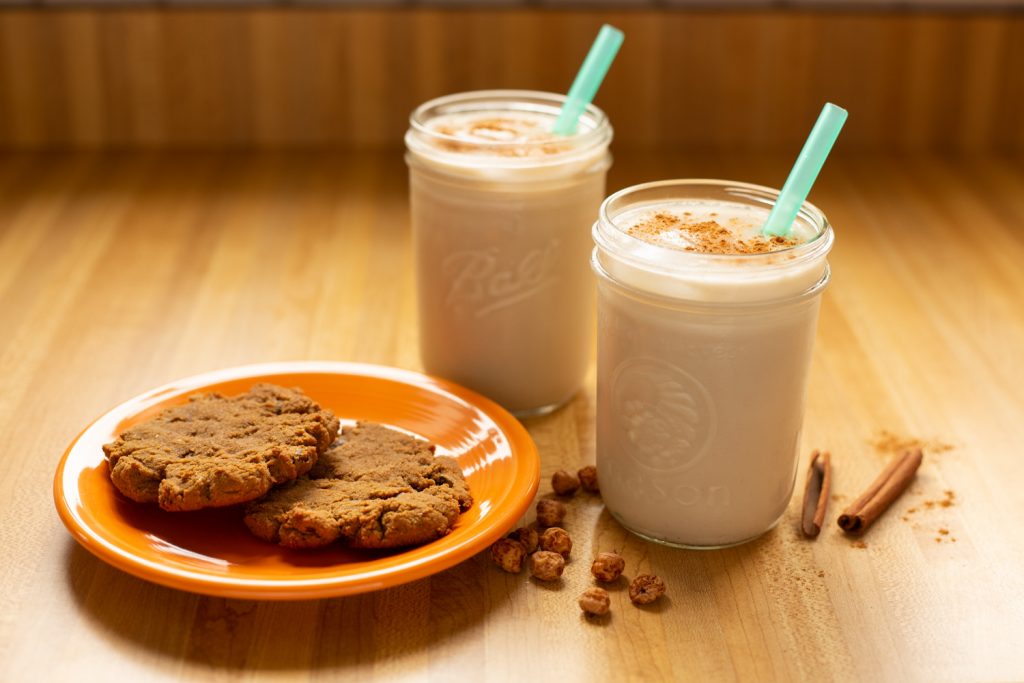Chufa — Turkey Food that’s out of this World
Chufa is here to stay. It’s the leading food plot for turkeys and the one most preferred by turkeys.
How to plant it
Scott Vance, assistant vice president and director of NWTF outdoor centers, shares some tips to help your chufa plot grow.
“Good site prep is vital to the success of a chufa plot,” Vance said. “Make sure the site is relatively weed free. A new field or one that has been sprayed with glyphosate a few times will be best. Prepare a good, fine seed bed prior to planting and make sure the pH is between 6 and 7. Fertilize at 300 pounds of nitrogen per acre.”
The next step is to plant the food plot. “There are a number of ways to plant chufa,” Vance said. “It can be drilled with a no-till drill, spread with a broadcast spreader and then covered, planted with a one-pass drop seeder that disks, plants, covers and cultipacks or even planted with a standard row planter using peanut plates.”

Maintaining the new chufa plot often is the toughest stage, but it is crucial for a successful end product.
“Chufa plantings are very susceptible to weeds. If a weed infestation is identified, it needs to be sprayed quickly or the weeds, especially grasses, will outcompete your chufa.”
Once planted, chufa needs a 100-day growing season. The portion of the plant that comes out of the ground will look much like grass. As it matures, tubers develop underground. Turkeys hit this food source the hardest after the plant dies.

In good health
Chufa is a sedge. Turkeys target the underground tubers attached to the plant. Some plants have produced as many as 100 tubers per plant. Of course, that requires just the right conditions.
“Chufa is a super food that contains about 36 percent essential, high-quality, edible oil, which is used to fight against cardiovascular diseases,” Vance said. “In addition, it contains 30 percent fiber, 15 percent carbohydrates, and up to 10 percent protein, as well as vitamins A and B.”
Donnie Buckland, NWTF private lands manager, also has a lot of experience with chufa.
“It’s not only important to attract turkeys,” Buckland said, “it’s important for turkeys — hens especially — to go into the breeding and nesting seasons in a healthy state. The bottom line is it is a highly nutritious food for turkeys available at the right time of year [fall, winter and into spring]. This may be especially important when there is a shortage of soft and hard mast.”
Where it grows
There is no geographically-defined area where it can and can’t be grown; however, it can be compared to another golden nugget — corn.
“Generally, it can be planted wherever corn is grown,” said Donnie Buckland, NWTF private lands manager. “You’ll find the most success in the Midwest and Southeast.”
If you see fields of corn, you can make chufa grow. Good soil, adequate rainfall and a 100-day growing season are the three keys for success.
Going for gold
Chufa is here to stay. It’s the leading food plot for turkeys and the one most preferred by turkeys.
“Planting chufa is definitely an effective management practice to attract and hold turkeys on your property, whether it’s simply to add diversity, increase turkey sightings or to increase hunting opportunities,” Buckland said. “Chufa is primarily used only by turkeys for food. There is some incidental usage by squirrels, crows, raccoons and even deer when first planted, but this usually stops when the chufa germinates.”
Enhance your ground by planting Turkey Gold Chufa, and remember, the NWTF offers you the best deal around.
NASA know-how
Who’s interested in chufa other than turkey hunters? NASA is — and in a big way.
“Chufa was evaluated by NASA as a potential food for use on deep-space missions,” Vance said. “NASA concluded it had the perfect nutritional value if necessity required one food source for long periods of time. It also has excellent drying and storage properties and is resistant to rot and bacteria. It was considered the number one food in a NASA bio-regenerative life support systems analysis.”
How you get it
For seed availability in your area, check out the NWTF Seed programs.
“Various states offer different discounts,” said Cissy Penner, NWTF seed program coordinator. “You have to order it through your state chapter, and this is regulated by your NWTF membership number. It’s well worth being a member if only to get the chufa discount.”

Human consumption
“We started out with domestic chufa,” said Tom Hughes, certified wildlife biologist and NWTF assistant vice president for conservation programs. “Today, we import it from Tigernuts Traders, S.L in Valencia, Spain. The South grows it well, but Spain grows it cleaner and better. They’ve been raising it for human consumption for centuries.” In short, the NWTF gets its supply from Spain, because it is the best product the world has to offer.
“It’s high in carbohydrates,” Hughes said. “They will completely consume a patch. We don’t recommend planting under an acre or they will completely consume it. It changes their home ranges, roosts and patterns. They will hit it every day. Once on it, they [typically] stay until mid- to late-spring.”

Chufa horchata
Tigernut Milk, that’s what some call it. But most refer to it as Chufa Horchata. It’s widely used for human consumption in North Africa, the Middle East and Spain. The contents for it are extracted from the tuber itself and are very sweet. Check out this awesome recipe from the “Favorite Recipes from Spain” website, so you can make it yourself.
- 1 kilogram chufa
- 1 kilogram sugar
- 5 liters water
- 1 cinnamon stick
- Fine sieve and cloth filter
First, clean the chufa nuts and soak them for at least two hours. Rinse until water is clear. Crush the tubers by hand or in a blender making a thin paste, adding water if necessary. Add water and refrigerate for a couple hours. Filter through a wire sieve then through a fine cloth filter. Refrigerate and serve cold! Find the full recipe at: http://user.xmission.com/~dderhak/recipe/horchc.htm.
CONNECT WITH US
National Wild Turkey Federation
770 Augusta Road, Edgefield, SC 29824
(800) 843-6983
National Wild Turkey Federation. All rights reserved.
